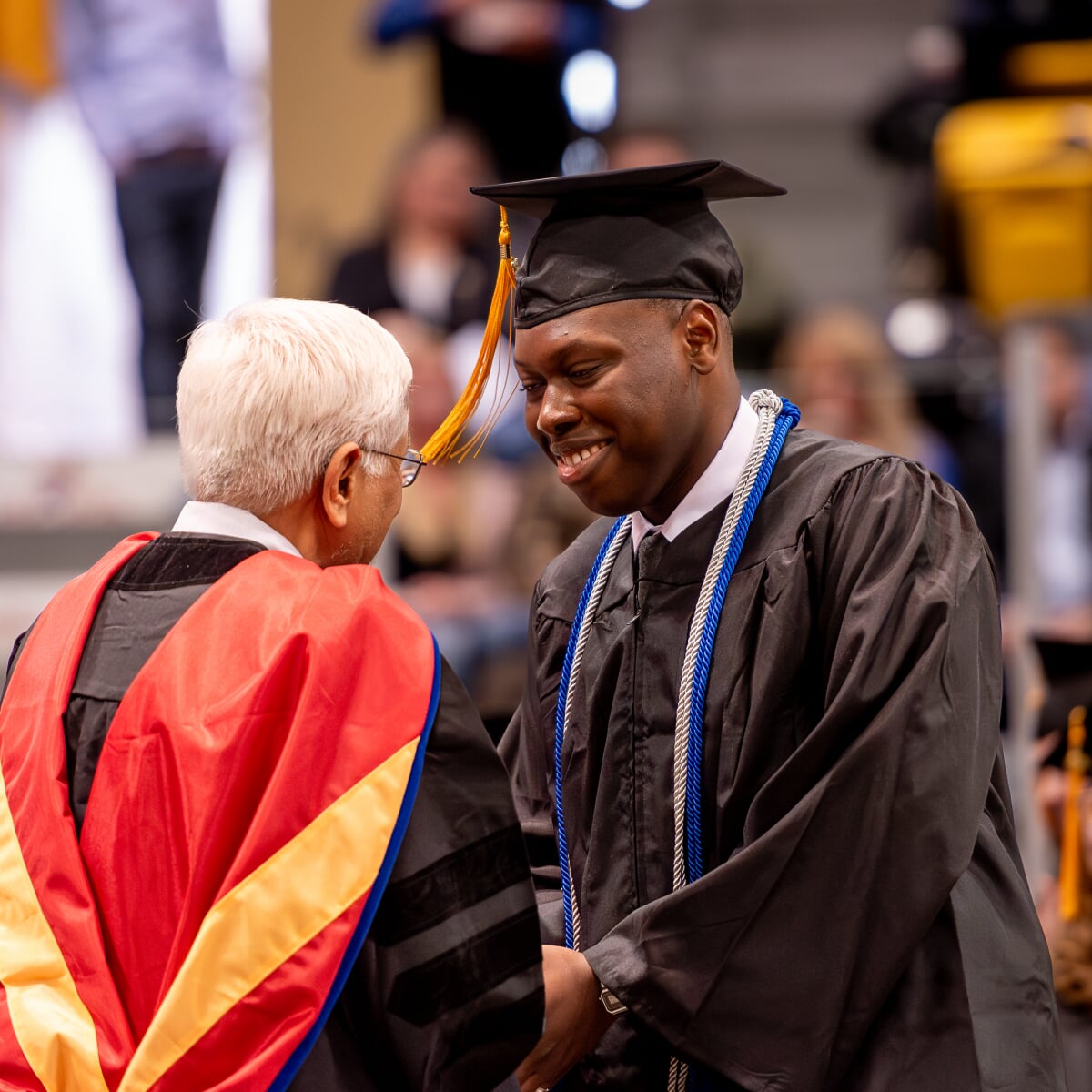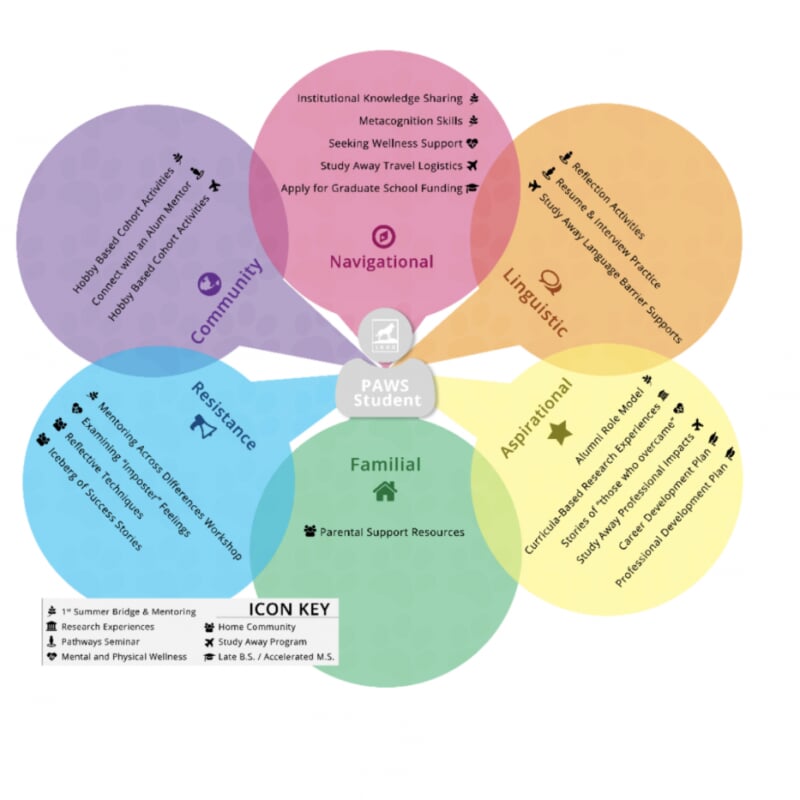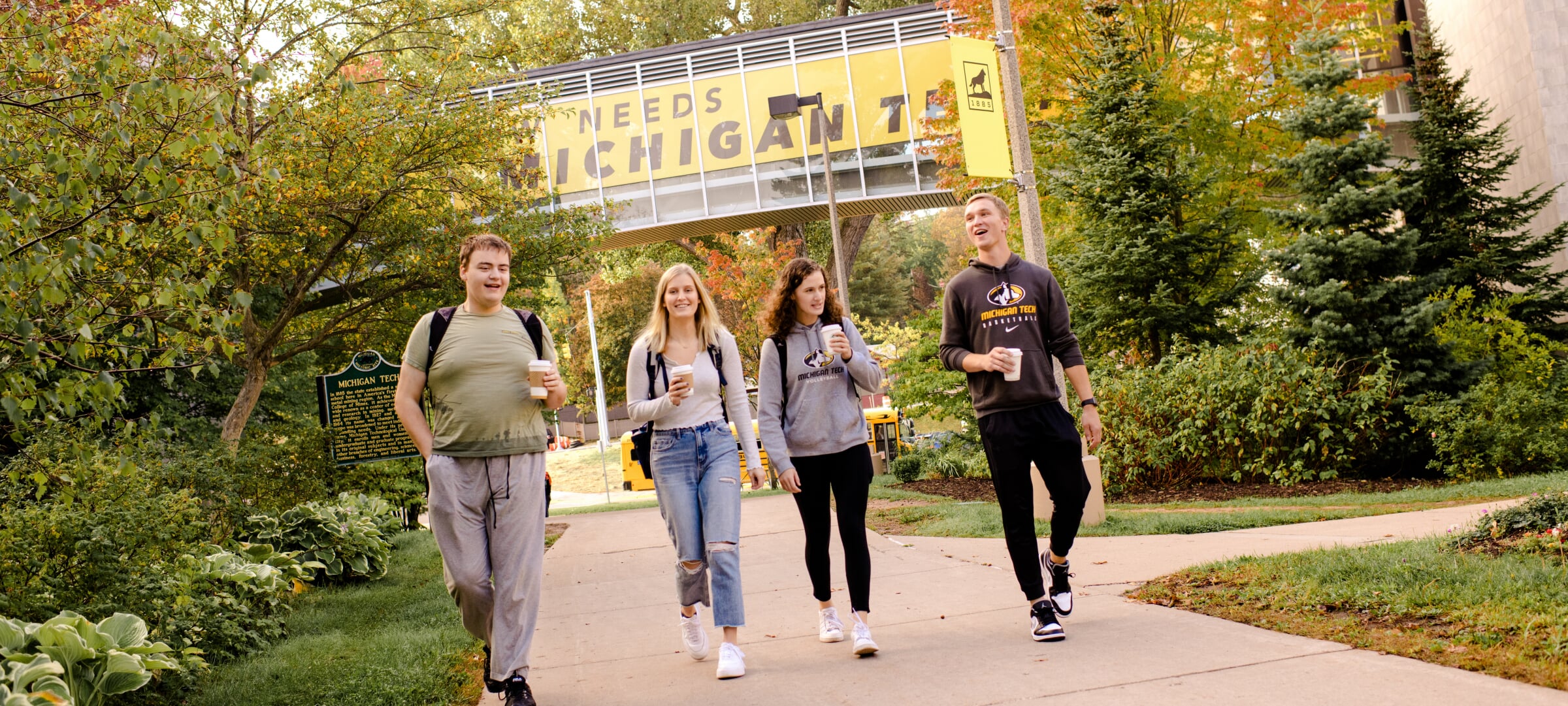If you're an incoming or returning second-year Michigan Tech student who is the first generation of your family to attend college (Meaning your primary FAFSA caretaker did not go to college, but you are), and you are pursuing a degree in STEM (any Science Technology Engineering or Math field), consider living in the First Gen STEM Living and Learning Community (LLC)! Overall, the goal for this LLC is to make sure first-generation scholars coming into Michigan Tech have the same opportunities and success odds as those from families with college experience. You'll be able to connect with other residents to leverage your own cultural capital—aspirational, navigational, social, linguistic, familial, and resistant - assets to excel in your academic career. The First Gen STEM LLC will position you for success and help you get the most out of your time at Michigan Tech—while living in a diverse community of STEM majors, backgrounds, and experiences. This community is located in Wadsworth Hall.
In the First Gen STEM LLC, you will build relationships, resiliency, and versatile tools for success.
- Join our Summer Bridge Program to develop effective study habits and learn strategies for academic success
- Connect with RAs who provide guidance on everything from coursework to daily student life challenges
- Learn key academic skills and get help accessing opportunities to build your credentials and help you navigate academic systems, including behaviors, practices, attitudes, and activities that set you up for success in classes
- Build community through events that foster camaraderie, cohesion and a sense of belonging, both on campus and in the local area
- Access professional development resources and guidance to help connect you with tools and resources to advance your career goals

Our curriculum has been organized around Yosso’s Cultural Wealth model. The Cultural Wealth Model identifies six forms of cultural capital—aspirational, navigational, social, linguistic, familial, and resistant—that minoritized and first-generation students bring to educational spaces, emphasizing their strengths rather than deficits. This approach is novel because it focuses on the rich, community-based assets that first-generation students contribute, challenging deficit-based narratives in higher education. We have been using the following diagram to illustrate the different wealth areas.

